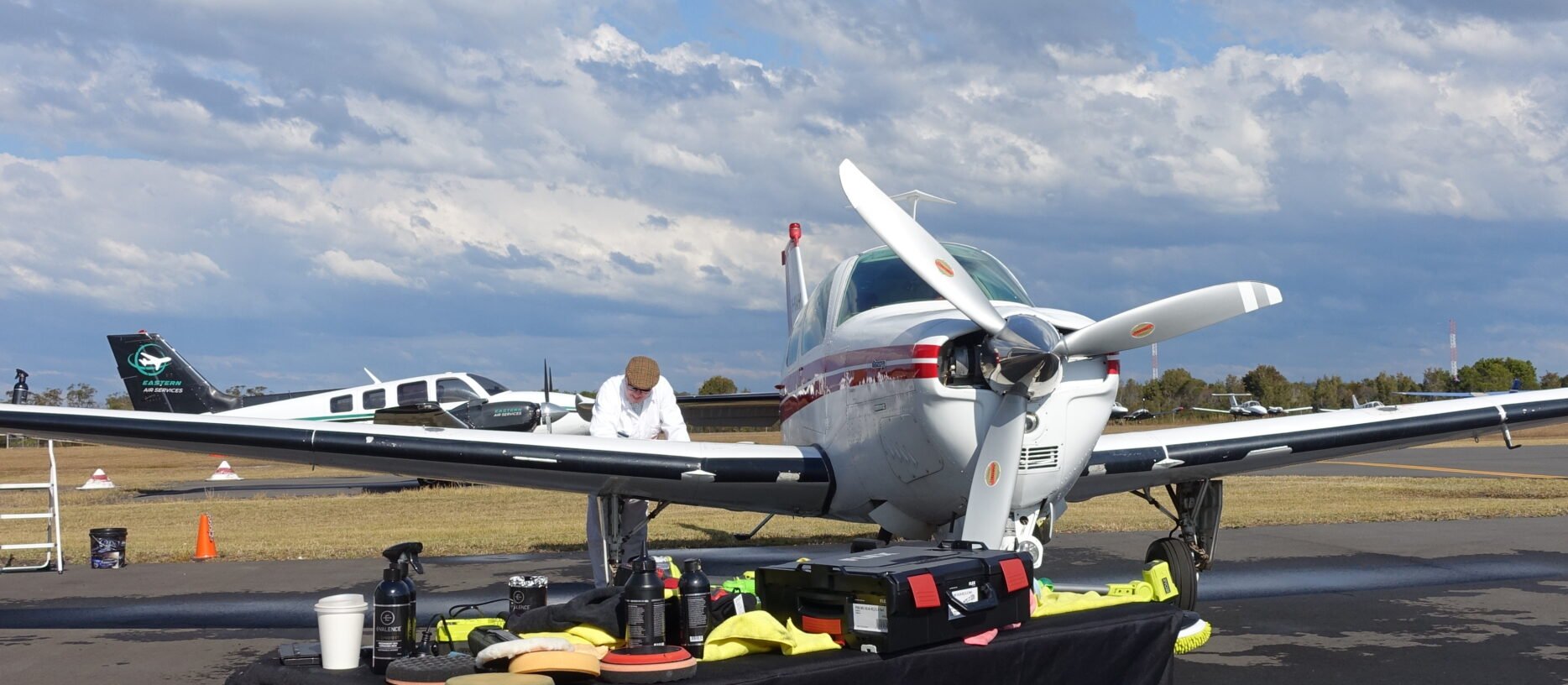
E-Valence APD Paint Protection for Aviation
Protect Surfaces – Reduce Drag – Boost Performance.
What is Aircraft Paint Protection – Why Does It Matter?
Aviation paint is not just any paint. It is an organic coating, formulated to withstand some of the most diverse, rigorous and complex environmental conditions. In some cases, all of these conditions may be experienced in one day. As well as dealing with the above, aviation paint must be microporous as it provides an essential barrier to corrosion. It is expensive when compared to automotive and marine paint, and yet in many cases, it is not afforded the protection it deserves.
Introducing E-Valence APD (Anti-Parasite Drag)
Inspired by a 2014 paper from the 29th Congress of the International Council of the Aeronautical Sciences (September 2014), APD is a next-generation aircraft paint protection solution. Whilst engineered for aviation, it will also provide an advantage for transport vehicles. This multi-layered, polymer-based coating forms a thin, electrostatic shield over painted and metal surfaces, repelling contaminants, reducing drag, and enhancing fuel efficiency. Additionally, it fills in microcracks in the paint, caused by the flexing of the wings and the twisting of the fuselage when in flight. E-Valence APD will extend the life of the aircraft paint.
Click here to read the report from the 29th Congress of the International Council of the Aeronautical Sciences
To understand the objective behind APD and its aviation coating benefits, it is necessary to:-
- Understand the structure and styling of aviation paint.
- Consider the major anti-drag factors that affect fuel efficiency for aircraft and their subsequent carbon footprint.
What are the main components of Aviation Paint?
An organic coating with a polyurethane base structure provides durability against solvents and other chemicals. Furthermore, aviation paints include hardeners and activators to ensure a strong, durable finish. Often with a second coating of polyurethane or epoxy as a final smooth finish. Maintaining this smooth finish is essential to keeping surface friction to a minimum. Despite a formulation with the properties mentioned above, due to the diverse, complex, and rigorous environmental conditions, aviation paint is constantly being pushed to its limits.
Here are just some examples of the extreme conditions aviation paint experiences:-
- Constant exposure to UV rays results in long-term damage. Click Here to read how UV rays can effect automotive and aviation paint.
- Sandstorms
- In desert countries, the ground temperature can exceed 50°C
- At 35,000 feet, the temperature is -54°C
- Overnight ground temperatures of -15°C and snowing
- Frequent dicing before flight in winter. (glycol-based products and strong wash jets)
- Recurring parasite splash during take-off and landing
APD will protect the paint and metal surfaces of the aircraft, helping to minimise the impact of the above conditions.
It is the ultimate next-generation aircraft paint protection solution.
The many benefits of APD
- Up to 68% drag reduction on aircraft (and race cars)
- Improves fuel efficiency by up to 7% (field tested on a Robinson R66)
- Reduction in carbon footprint
- Protects paint and metal surfaces from wear, corrosion and microcracks
- Repels insects, debris & environmental build-up by up to 90%
- Reduces the cleaning protocol on aircraft by up to 90% (reduction in the wash protocol)
- Eco-safe & biodegradable, with 12-month durability
- The best paint protection for aircraft, luxury cars, boats, bikes, caravans and RVs
APD – The Aviation Advantage
- Ultra-thin ~0.5 micron dried film
- Lightweight (~50g per litre)
- Forms a flexible, breathable bond that resists water but allows condensation to escape.
- Requires only~12l to treat an A320
- Fact application – single-engine aircraft can be treated in just 20 minutes
APD – Applied in a simple process
- Wash the surface thoroughly with the appropriate E-Valence wash product
- If required, polish with E-Valence Intermediate Polish to ensure the cleanest, smoothest surface possible.
- Lightly spray a small section at a time with E-Valence Super Soft Water
- Moisten the soft application pad with Super Soft Water
- Apply a small amount of APD to the moistened pad
- Wipe the application over the moistened surface
- Wipe off with a clean, dry microfibre cloth and buff to a shine.
- Move on to the next section.
Whilst covered in a separate in a separate post, our Robinson R66 test reported the following results.
- 7% fuel saving at cruise
- Measurable speed advantage vs untreated aircraft
- Reduced cleaning frequency – dirt and parasite splash rinse off with water
- Outperforms crystalline coatings by flexing with structural movement
Click here to read more on Laminar Flow .
Responsible Science by E-Valence
Our technology avoids harmful silicones, ensuring safe, non-toxic protection for painted, carbon fibre, ceramic, glass, tyre and metal surfaces. E-Valence products are designed for performance without compromising environmental or human safety.
If you have a specific question regarding your whitewall tyres, email us at info@e-valence.com.au or call the number listed on the website.
 E-Valence
E-Valence 
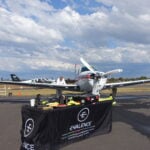
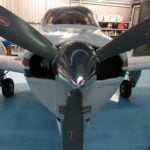
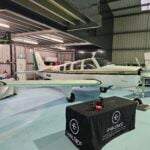
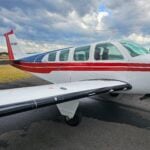
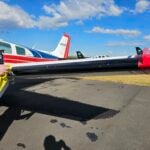
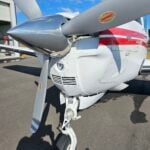
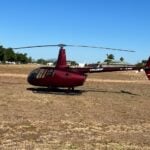
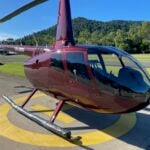
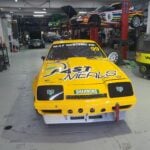
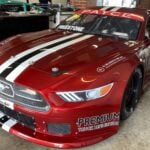

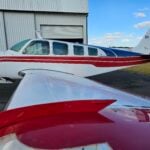
Comments are closed.